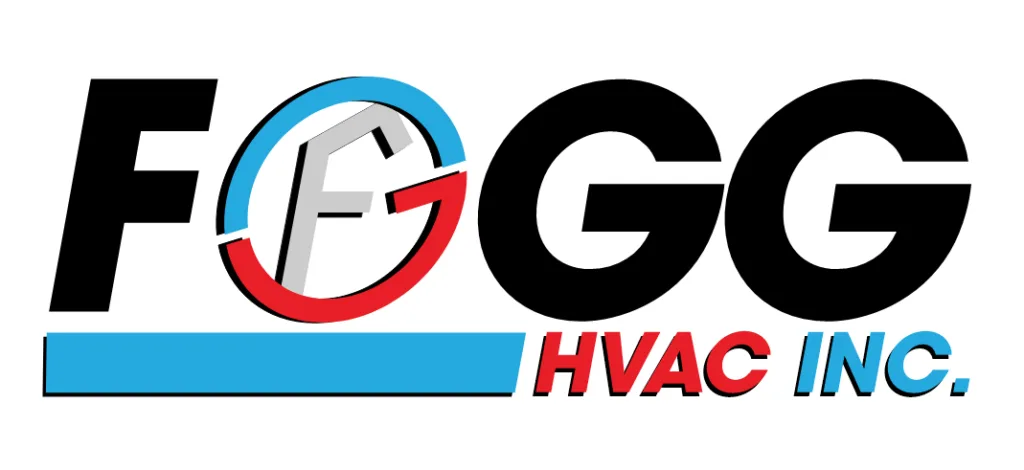Installing a heat pump in a commercial building is an important task that requires careful planning and execution. Unlike residential installations, commercial heat pump installations need to cater to larger spaces and more complex requirements. The process involves several key steps to ensure the system operates efficiently and reliably, providing consistent comfort to employees and clients.
Initial Assessment and Planning
The initial assessment and planning stage is critical for a successful heat pump installation in a commercial building. This phase starts with a thorough evaluation of your building’s heating and cooling needs. Our professionals will conduct a comprehensive site inspection to gather all necessary data. This includes examining the current HVAC setup, measuring the square footage of the space, and identifying any unique requirements specific to your building.
We also consider factors such as the building’s insulation, windows, and airflow patterns. Understanding these elements helps us determine the heat load calculation, which is essential for selecting the appropriately sized heat pump system. A system that is too small will struggle to maintain the desired temperature, while one that is too large will cycle on and off frequently, wasting energy and reducing efficiency.
The planning stage also involves scheduling and logistical arrangements. We work with you to determine the best time for installation to minimize disruption to your business operations. Our team develops a detailed installation plan that outlines each step of the process, ensuring that everything runs smoothly from start to finish. Proper planning sets the foundation for a successful heat pump installation, ensuring optimal performance and long-term reliability.
Selecting the Right Heat Pump System
Choosing the right heat pump system for your commercial building is a crucial step in the installation process. There are various models and types of heat pumps available, each with its unique features and benefits. Our technicians will guide you through the selection process, helping you understand the options and make an informed decision.
The two main types of heat pumps to consider are air-source and ground-source (geothermal). Air-source heat pumps extract heat from the outside air and are generally easier to install. Ground-source heat pumps, on the other hand, extract heat from the ground and are more energy-efficient but require more extensive installation work. We help you weigh the pros and cons of each type, considering factors like your building’s layout, budget, and long-term energy savings.
Other considerations include the heat pump’s capacity, efficiency ratings, and additional features such as variable-speed compressors and smart thermostats. Ensuring that the chosen system is the right fit for your specific needs will enhance overall comfort and efficiency. Our professionals will also review any potential rebates or incentives that might be available to offset the cost of the new heat pump system.
By carefully selecting the appropriate heat pump, you can ensure that the installation meets your building’s heating and cooling needs effectively, providing a comfortable environment for employees and clients alike.
Installation Steps and Procedures
The installation steps and procedures are crucial for ensuring your heat pump system operates effectively in your commercial building. Our professionals follow a detailed process to guarantee that each phase of the installation is performed correctly.
1. Pre-Installation Prep: The first step involves preparing the site for installation. This includes setting up the selected location for the heat pump unit and ensuring that the space is clear of obstructions. We also make sure that any existing HVAC components, such as old furnace systems, are safely removed if necessary.
2. System Installation: Next, our technicians install the heat pump unit along with the necessary ductwork and electrical connections. This involves placing the indoor and outdoor units in their respective locations, connecting refrigerant lines, and installing any required thermostats or control systems. Our team takes care to seal all connections properly to prevent air leaks and ensure maximum efficiency.
3. System Testing and Calibration: Once the installation is complete, it’s essential to test and calibrate the system. Our professionals will start the heat pump and run through various cycles to confirm that all components are working as expected. They will also calibrate the thermostat settings to ensure optimal performance. This step includes checking airflow, temperature regulation, and overall system functionality.
These steps aim to ensure that your heat pump installation is thorough and precise, providing reliable and efficient heating and cooling for your commercial building.
Post-Installation Maintenance and Care
Maintenance and care are pivotal for the longevity and performance of your newly installed heat pump system. Routine maintenance can prevent potential problems, minimize downtime, and extend the lifespan of your equipment.
1. Regular Inspections: Schedule regular inspections with our professionals to identify and address any issues early. These inspections typically involve checking for system leaks, assessing refrigerant levels, and examining electrical components.
2. Filter Replacements: One of the simplest yet most effective maintenance tasks is regularly replacing or cleaning air filters. This ensures that your system operates efficiently by allowing unrestricted airflow. Dirty filters can reduce efficiency and cause the system to overwork, leading to potential damage.
3. Seasonal Maintenance: Conduct seasonal maintenance checks before the start of the heating or cooling season. This includes a comprehensive system check, cleaning the coils, and ensuring the heat pump’s outdoor unit is clear of debris. Seasonal maintenance helps prepare your system for increased usage during peak times.
By focusing on these aspects of post-installation care, you can ensure that your heat pump system remains efficient and reliable, providing consistent comfort throughout your commercial building.
Conclusion
Investing in a heat pump installation for your commercial building is a significant step toward creating a comfortable and efficient work environment. Understanding the process from initial assessment and planning to post-installation maintenance is crucial for ensuring the longevity and performance of your system. Each phase of the installation is designed to address specific needs, maximize energy efficiency, and enhance overall functionality.
By following these guidelines and working closely with our team, you can ensure that your commercial building benefits from a reliable and efficient heating and cooling solution. Proper maintenance and care are just as important as the initial installation, helping to prevent issues and extend the life of your heat pump system.
If you’re considering a heat pump installation in Fuquay Varina, or need expert advice on maintaining your existing HVAC system, contact us at Fogg HVAC, Inc. Our professionals are here to assist you with all your heating and cooling needs, providing top-notch service and support.




